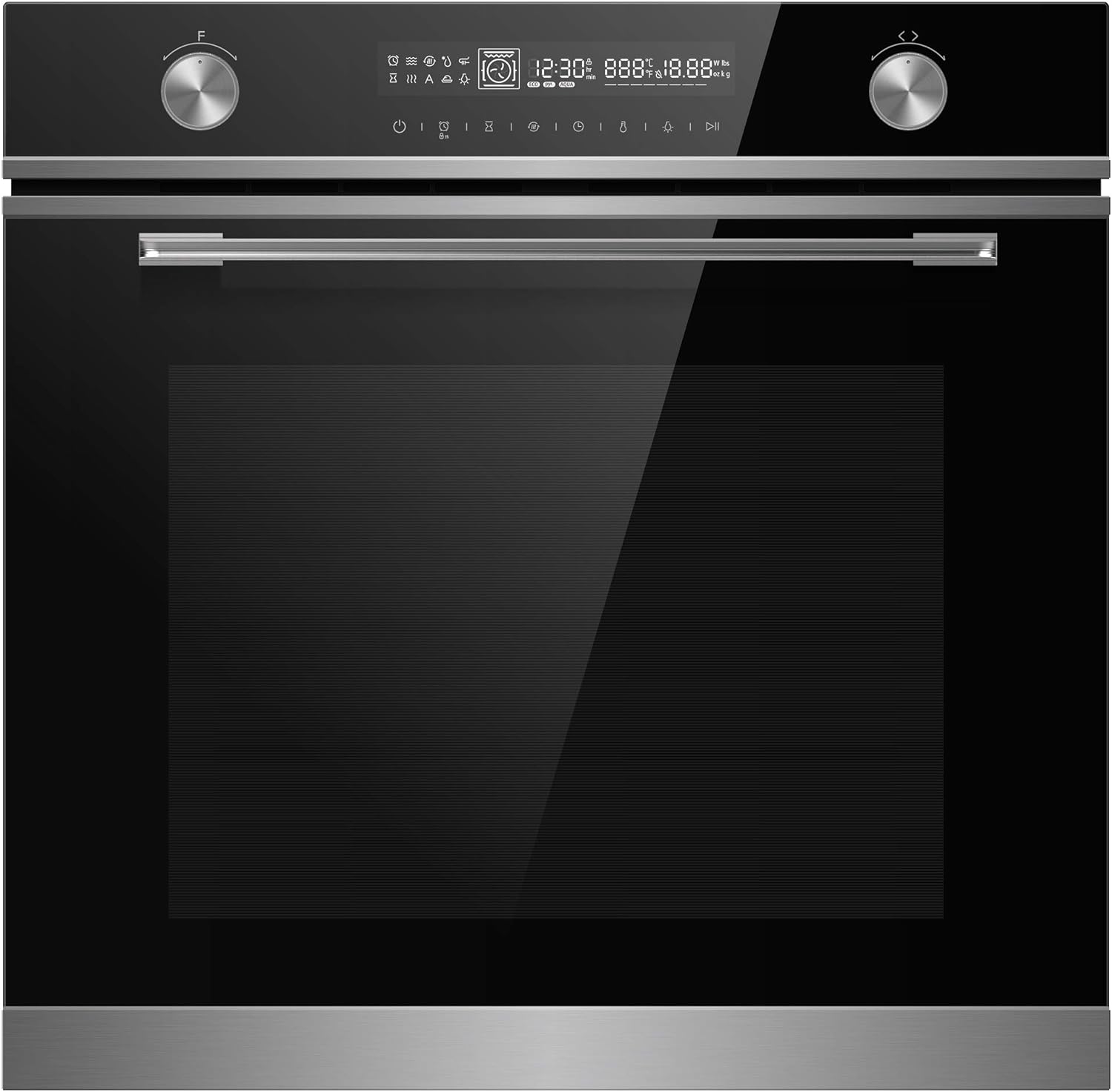What is a conventional oven? We take a look at this cooker type
Exactly what is a conventional oven and does it still have a place in the modern kitchen? We explain how they work
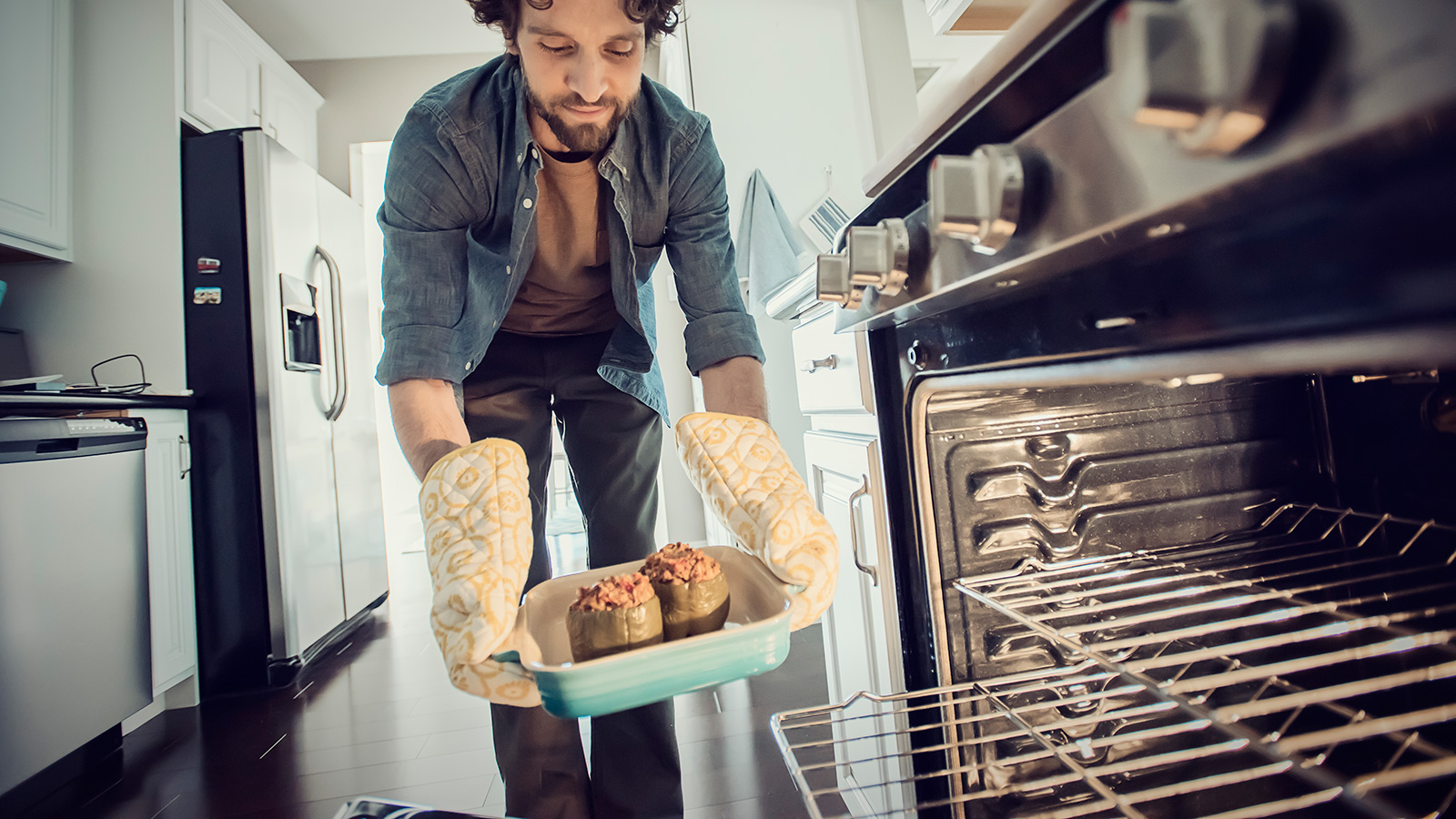
What is a conventional oven? If you are looking for new cooking appliance for your kitchen you might well be asking this question and be wondering how they differ from other types of cooker, such as convection, pyrolytic and so on.
The world of kitchen appliances can be a complicated one, mainly due to the fact that there are so many different terms for all the various functions they can perform these days - as well as the sheer number of products now on offer.
Here, we look at conventional ovens, explain how they work and whether they will be a good fit for your cooking needs.
What is a conventional oven?
A conventional (not to be confused with the very similar sounding convection oven) relies on two heating elements to heat the air inside the oven. The heating element on the bottom of the oven's cavity delivers the majority of the heat and is perfect when it comes to roasting big cuts of meat.
The element on the top of the oven is designed to give off a really powerful heat from above. It is ideal for grilling or browning dishes. These elements can be used independently or together, depending on what you are cooking in your oven.
This type of oven heavily relies on the user selecting the right rack placement — with the middle rack being considered the best spot for baking, or slower cooking.
In addition to this type of oven and convection ovens, many people also ask 'what is a steam oven?' and it is well worth considering this as an option, either instead of or alongside your conventional oven.

Tom is product training manager at Miele GB. He looks after product sales training for Miele’s internal staff, partners in the electrical and kitchen retail trades and national retailers.
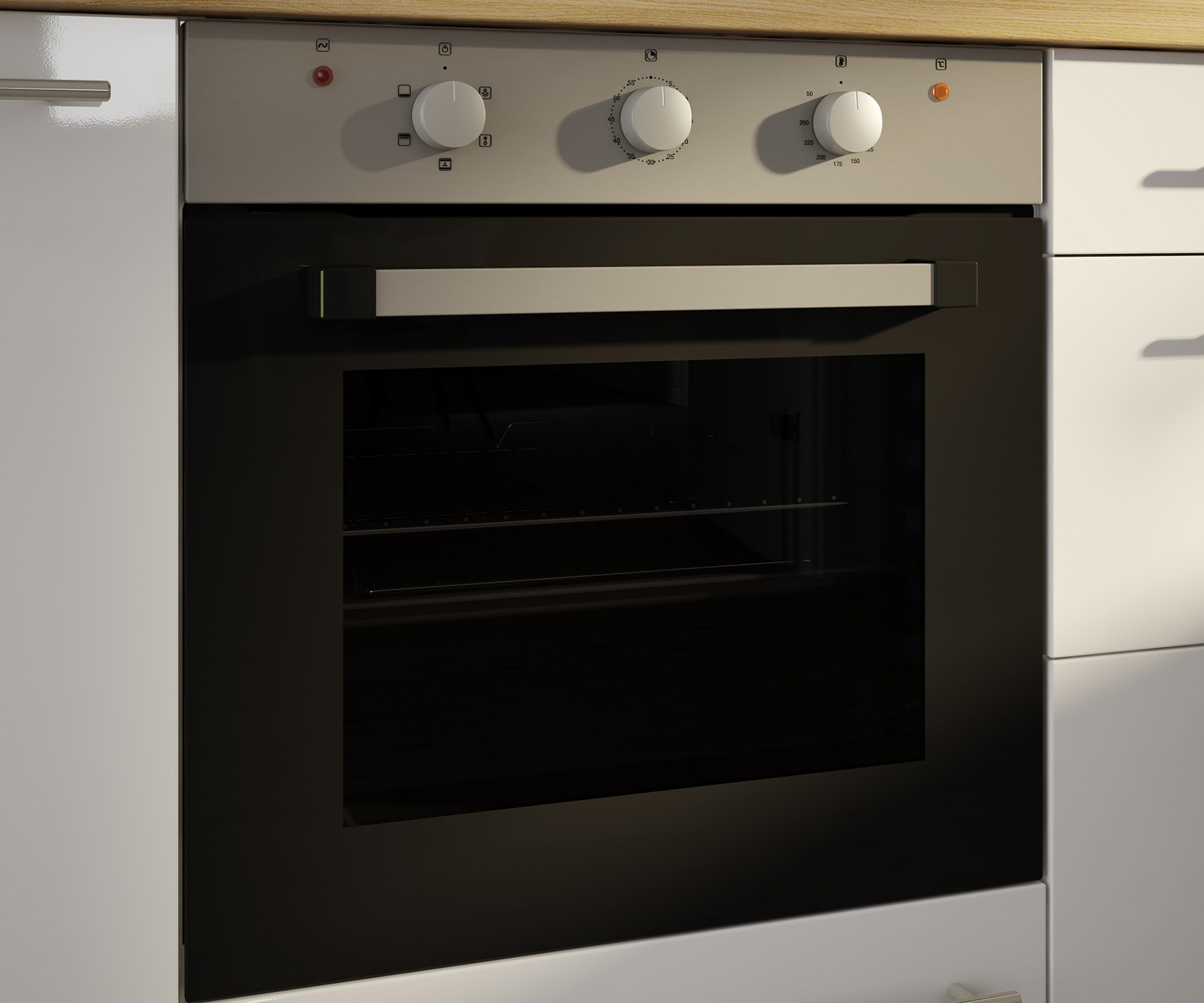
How to use a conventional oven
With no fan to distribute heat evenly around the oven's cavity, there is a knack to getting the most out of a conventional oven and this is one of the biggest differences between conventional vs convection oven.
The key lies in where you place the food you are cooking within the oven. For example, if you were to cook a full meal in there, a large roasting joint should be placed in the centre, with the potatoes at the top to ensure a crisp result and perhaps a cake at the bottom where it can be cooked at a more gentle temperature.
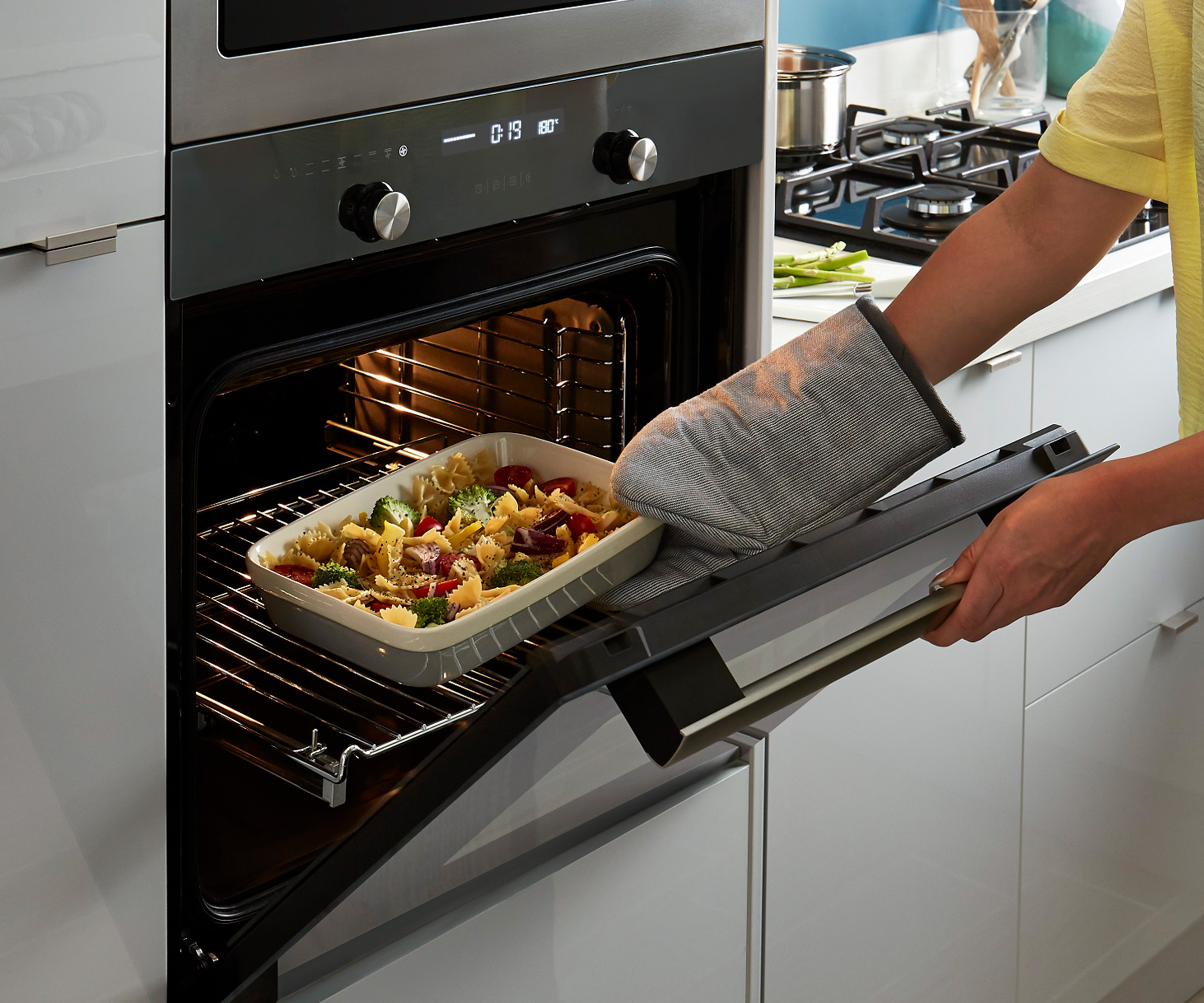
Pros and cons of a conventional oven
Pros of conventional ovens
While in many ways conventional ovens have been overtaken in the popularity stakes by other types of oven, they still hold some advantages over these more modern appliances.
- Can be better for cooking foods that you want to keep moist as they have no exhaust system that removes moisture from the oven like fan ovens
- Some keen bakers prefer them for cooking foods that require rising, such as bread and cakes. This is because convection ovens can cook the outside faster than the inside, interfering with rising times
- Are usually cheaper to buy than convection ovens
Cons of conventional ovens:
- Uneven cooking temperatures throughout the oven meaning dishes may need to be rotated
- Take longer to get up to temperature
- Less energy efficient as they take longer to preheat and cook food — it really is well worth looking into energy ratings for appliances with ever-rising energy prices

James is business development director at Appliance City. He is an appliance expert who has worked in the industry for over 30 years.
Three of our favourite built-in ovens
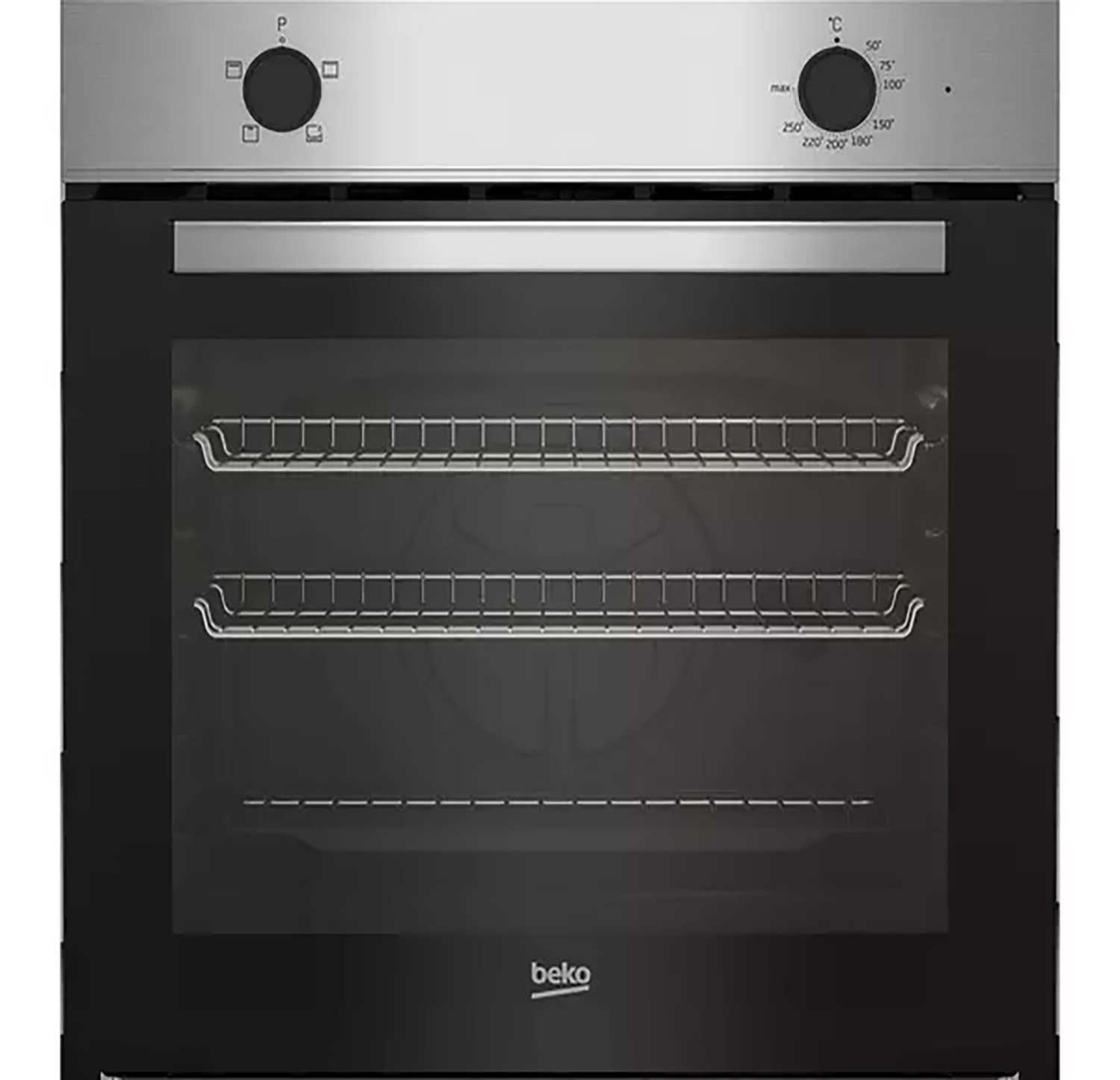
This single built-in oven from Beko is a conventional oven packed with handy features, including steam cleaning that makes wiping it down a breeze and an electric full grill. It also boasts a 74L capacity and an A energy rating — plus its made from recycled materials.
If you are struggling to decide which type of oven will be best for you, then a multifunction oven could be just the thing you have been looking for.
In short, a multifunction oven brings together a conventional oven and a convection oven in one.
"They are built with multiple heating elements behind the oven walls — a top element, a bottom element and one coiled around the electric element," says xxx. "A multifunction oven essentially takes a conventional oven and a fan oven and combines them."
Most multifunction ovens these days also offer a whole host of other handy features, such as a defrost function, features that help them heat up quicker than a standard fan oven. It is also well worth checking out what is a combination microwave as these also offer a range of functions in one.
Get the Homebuilding & Renovating Newsletter
Bring your dream home to life with expert advice, how to guides and design inspiration. Sign up for our newsletter and get two free tickets to a Homebuilding & Renovating Show near you.
Natasha was Homebuilding & Renovating’s Associate Content Editor and was a member of the Homebuilding team for over two decades. In her role on Homebuilding & Renovating she imparted her knowledge on a wide range of renovation topics, from window condensation to renovating bathrooms, to removing walls and adding an extension. She continues to write for Homebuilding on these topics, and more. An experienced journalist and renovation expert, she also writes for a number of other homes titles, including Homes & Gardens and Ideal Homes. Over the years Natasha has renovated and carried out a side extension to a Victorian terrace. She is currently living in the rural Edwardian cottage she renovated and extended on a largely DIY basis, living on site for the duration of the project.

